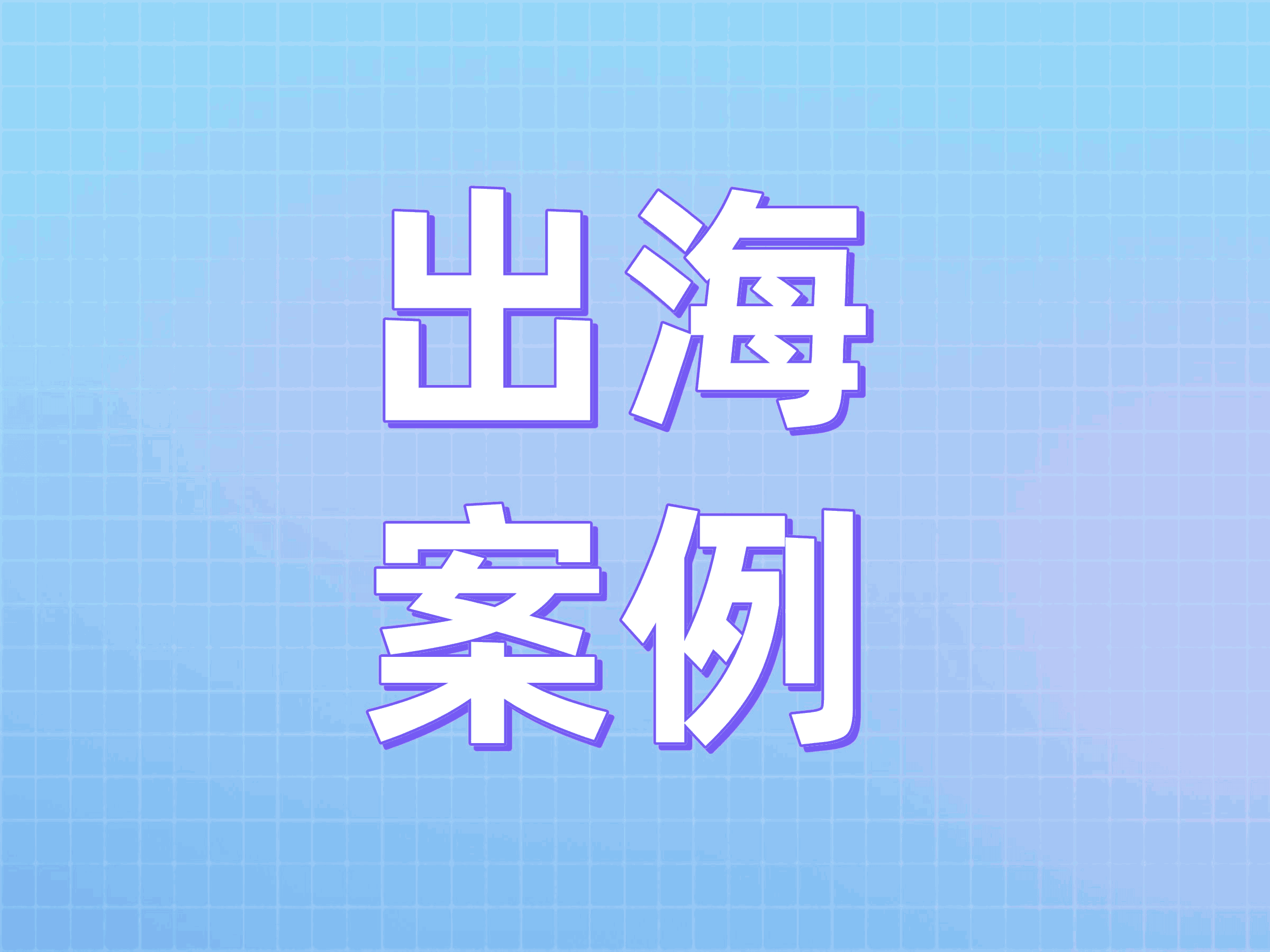Overwhelmed by Incoming Calls? Intelligent Routing Solutions for Call Center Systems
文章摘要:The heavy pressure of handling incoming calls has become a common dilemma for enterprise service teams: during peak inquiry periods, customer service agents are swamped by a flood of calls, with repetitive inquiries occupying most of their working hours; new agents are at a loss when facing complex issues, while senior agents are stuck handling basic inquiries, resulting in severe resource waste; cross-departmental transfers are frequent, forcing customers to repeat their requests, leaving both agents and customers exhausted. The intelligent routing function of call center systems is the key to solving this problem. This article will analyze the root causes of heavy call-handling pressure, explain the implementation logic of intelligent routing in detail, and focus on Udesk intelligent routing solution for call center systems, helping enterprises achieve load balancing and efficiency improvement.
Table of contents for this article
The heavy pressure of handling incoming calls has become a common dilemma for enterprise service teams: during peak inquiry periods, customer service agents are swamped by a flood of calls, with repetitive inquiries occupying most of their working hours; new agents are at a loss when facing complex issues, while senior agents are stuck handling basic inquiries, resulting in severe resource waste; cross-departmental transfers are frequent, forcing customers to repeat their requests, leaving both agents and customers exhausted. The intelligent routing function of call center systems is the key to solving this problem. This article will analyze the root causes of heavy call-handling pressure, explain the implementation logic of intelligent routing in detail, and focus on Udesk intelligent routing solution for call center systems, helping enterprises achieve load balancing and efficiency improvement.
4 Core Root Causes of Heavy Call-Handling Pressure
The pressure of handling incoming calls is not simply due to a high volume of inquiries, but the accumulation of multiple issues in allocation mechanisms and process design:
- Crude Allocation Methods: Traditional "sequential distribution" and "random distribution" models ignore differences in agent skills and customer needs. This leads to professional agents being occupied by simple inquiries, while new agents struggle with complex issues, wasting time and effort.
- Delayed Demand Identification: After a customer connects, agents must manually ask, "What is your inquiry about?" before transferring them to the corresponding department, which wastes time and increases communication costs.
- Chaotic Prioritization: High-value customers (e.g., VIP members, large-order customers) and regular customers wait in the same queue, causing important requests to be overlooked. Agents must handle needs of different priority levels simultaneously, leading to a sharp increase in pressure.
- Inefficient Cross-Departmental Collaboration: Inquiries involving multiple departments (e.g., after-sales to technical support, orders to finance) require manual repeated communication and coordination. Information is lost during transfers, and agents must follow up throughout the process, adding extra workload.
These issues not only trap the customer service team in a dilemma of "overload but low efficiency" but also lead to longer customer waiting times and declining satisfaction, forming a vicious cycle.
Intelligent Routing: Core Logic to Alleviate Call Pressure
The core of intelligent routing is to "match the right inquiry to the right agent at the right time." Through precise matching and process optimization, it reduces call-handling pressure at the source:
- Accurate Demand Identification: Leveraging AI semantic recognition technology to automatically determine customer inquiry intentions (e.g., order tracking, refund requests, technical malfunctions) without manual inquiry.
- Reasonable Resource Allocation: Dynamically assigning resources based on agent skill tags, busyness status, historical processing efficiency, as well as customer tier and inquiry urgency.
- Process Simplification and Optimization: Reducing manual cross-departmental transfers through preset rules for automatic circulation, synchronizing customer requests and historical records to avoid repetitive communication.
Udesk Call Center System (core product: Udesk Intelligent Call Center), empowered by AI and flexible configuration, maximizes the value of intelligent routing, becoming the preferred choice for enterprises to reduce burden and improve efficiency.
Udesk Call Center System Intelligent Routing: 4 Core Capabilities for Precise Burden Reduction
Based on years of industry practice, Udesk has built a multi-dimensional, customizable intelligent routing system. It comprehensively reduces call-handling pressure from four aspects: demand identification, allocation rules, priority ranking, and cross-departmental collaboration.
- AI Semantic Recognition: Lock Demands in Advance to Reduce Communication Costs
Udesk Call Center System is equipped with the GaussMind AI large model, boasting powerful semantic understanding capabilities:
- When a customer connects, it automatically identifies core requests (e.g., "track order logistics," "process refund," "complain about product quality") through IVR voice navigation or text inquiries, with an accuracy rate of over 95%.
- Supports fuzzy semantic recognition, enabling precise matching of corresponding business categories even if the customer’s expression is unclear (e.g., "Why hasn’t my package arrived?" "When will the refund be credited?").
- Automatically extracts key customer information (e.g., order number, phone number, membership tier) and synchronizes it to the agent’s workspace. Agents can directly address the issue without repeated inquiries, increasing communication efficiency by 40%.
- Multi-Dimensional Allocation Rules: Ensure Agents "Receive the Right Calls"
Udesk supports custom allocation rules based on 5 dimensions to achieve "accurate person-job matching":
- Skill Tag Matching: Assign agents skill tags such as "order processing," "technical support," and "after-sales complaints." The system automatically allocates customers to agents in the corresponding skill group based on their needs.
- Load Balancing Allocation: Real-time monitoring of agent call volume and call duration, prioritizing the allocation of new inquiries to idle agents to avoid overloading some agents while others remain idle.
- Historical Association Allocation: When returning customers inquire, they are automatically assigned to the agent who assisted them previously, reducing the need for customers to repeat information and enabling agents to handle inquiries more efficiently due to familiarity with the customer’s situation.
- Priority Tier Allocation: Set priorities based on customer membership tier and order amount. High-value customers can skip the queue and connect directly to senior agents, ensuring core customer experience while allowing agents to focus on high-value services.
- Regional Matching Allocation: For enterprises with regional service needs (e.g., logistics, local services), automatically allocate customers to agents in the corresponding region to adapt to localized service scenarios.
After an education enterprise applied this solution, the proportion of agents receiving the right calls increased from 60% to 93%, the proportion of new agents handling complex issues decreased by 70%, and the per capita call pressure was reduced by 50%.
- Intelligent Queuing and Pre-Reception: Alleviate Waiting Anxiety and Divert Inquiries
For queuing scenarios during peak periods, Udesk reduces pressure on both agents and customers through two key functions:
- Intelligent Queuing Reminders: While customers wait, the system automatically announces their queue number and estimated waiting time, and pushes solutions to common issues (e.g., "For your refund inquiry, the processing time is 1-3 business days"). Some customers can resolve their issues independently without waiting to connect.
- Pre-Reception Information Collection: During the queue, the system guides customers to supplement key information via voice or text (e.g., "Please provide your order number to facilitate quick assistance"). Agents receive the information immediately upon connecting, shortening handling time by 30%.
- Automatic Cross-Departmental Circulation: Reduce Manual Transfers and Collaboration Pressure
For inquiries involving multiple departments, Udesk achieves "one connection, full circulation":
- Preset Circulation Rules: For cross-departmental issues such as "technical malfunctions" and "financial reconciliation," the system automatically generates tickets and circulates them to the corresponding departments, synchronizing customer requests and historical communication records to eliminate manual transfers and information handoffs.
- Real-Time Collaboration Feedback: The progress of cross-departmental processing is synchronized to the agent’s workspace in real time. Agents do not need to follow up repeatedly, and can quickly respond to customer inquiries, avoiding multiple contacts from customers.
- Closed-Loop Management Mechanism: After the issue is resolved, the result is automatically synchronized to the customer, forming a service closed loop. Agents do not need additional follow-up confirmation, reducing subsequent communication costs.
Practical Case
A large e-commerce enterprise once faced severe call-handling pressure: during peak promotion periods, the daily inquiry volume exceeded 10,000 calls. A team of 30 agents handled an average of 80 calls per person per day, with a total daily call duration of over 6 hours, and the agent turnover rate reached 25%. Customers waited an average of 12 minutes, and the complaint rate exceeded 10%.
After introducing Udesk Call Center System intelligent routing solution, three major breakthroughs were achieved:
- Load Balancing: Through skill matching and load allocation, the difference in agent call volume was reduced from "30-100 calls" to "100-120 calls," avoiding extreme busyness and idleness.
- Efficiency Improvement: AI demand recognition and pre-information collection shortened the average call duration per agent from 8 minutes to 4.5 minutes. The per capita daily reception volume increased from 80 to 120 calls, improving overall reception capacity by 50%.
- Experience Optimization: The average customer waiting time was reduced from 12 minutes to 3 minutes, cross-departmental transfers decreased by 80%, the complaint rate dropped to 3%, and the agent turnover rate fell to 8%.
Similar cases have been widely implemented in industries such as finance, education, and logistics. Udesk intelligent routing solution has become the preferred burden-reduction tool for enterprises of all sizes due to its high adaptability.
Common FAQs: Answering Selection and Implementation Questions
Q1: Are small and medium-sized enterprise (SME) customer service teams (5-10 agents) suitable for intelligent routing?
A: Yes. Udesk supports lightweight configuration. SMEs can set basic rules based on core needs (e.g., "allocation by inquiry type," "load balancing") without complex operations. The system is easy to use, and agents can adapt without additional training, quickly reducing call-handling pressure.
Q2: Does intelligent routing require extensive data training to accurately identify demands?
A: No additional investment is required from the enterprise. Udesk has built-in industry-general intent recognition models and keyword libraries, which can be used immediately after launch. It also supports enterprises to supplement custom keywords based on their business. During use, the AI automatically learns and optimizes, continuously improving recognition accuracy.
Q3: After system launch, how to adjust intelligent routing rules to adapt to business changes?
A: Udesk provides a visual management backend. Administrators can directly add/modify allocation rules (e.g., new business categories, adjust customer priorities) without technical assistance. The system supports one-click activation and rollback of rules, facilitating enterprises to quickly adapt to business changes (e.g., new product launches, promotional activities).
The article is original by Udesk, and when reprinted, the source must be indicated:https://my.udeskglobal.com/blog/overwhelmed-by-incoming-calls-intelligent-routing-solutions-for-call-center-systems.html
AI Call CenterAI Outbound Systemcustomer service call center

 Customer Service& Support Blog
Customer Service& Support Blog


